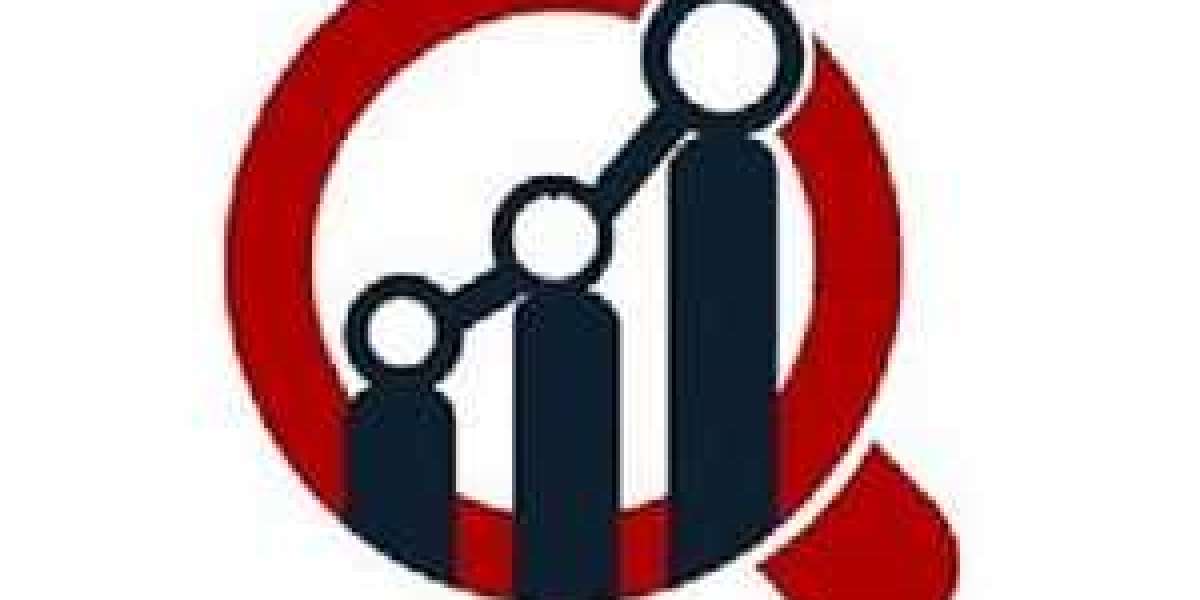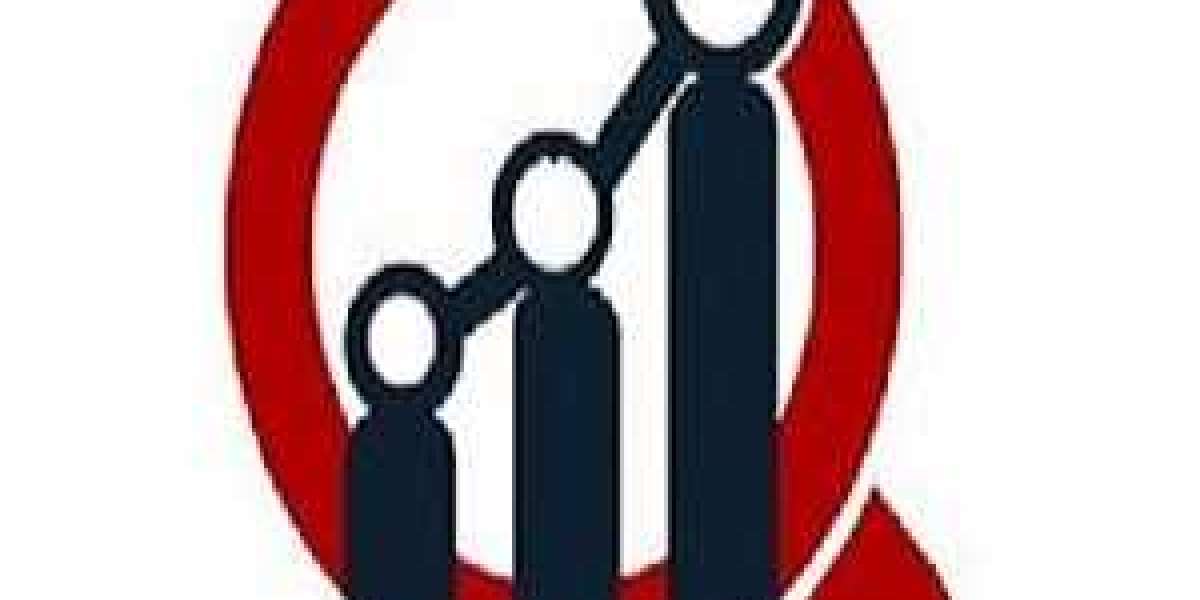In the grand tapestry of modern digital learning, Learning Management Systems (LMS) form the centerpiece. However, with the plethora of tools, platforms, and digital resources available today, ensuring they all 'speak the same language' becomes paramount. Enter interoperability—the unsung hero that ensures a cohesive, fluid, and integrated learning experience. Let’s delve into the nuances of achieving this harmonious interplay in LMS ecosystems.
- The Symphony of Interoperability
At its core, interoperability allows disparate software systems, tools, and applications to communicate, exchange data, and use the shared data seamlessly. In the LMS realm, it ensures smooth integration between various educational tools, software suites, and platforms.
- The Standards That Guide Us
Achieving interoperability hinges on universally accepted standards. These are the guideposts that ensure every tool and platform follows a unified language.
- SCORM (Sharable Content Object Reference Model)
Overview: Perhaps the most recognized standard, SCORM ensures courses and content can be used across various LMS platforms.
Benefits: Provides consistency, making content creation more straightforward and streamlined.
- xAPI (Experience API)
Overview: A successor to SCORM, xAPI captures data about a learner's experience in granular detail.
Benefits: Allows for a broader range of learning experiences and more detailed tracking.
- LTI (Learning Tools Interoperability)
Overview: Focuses on connecting learning systems, such as an LMS, with external service tools.
Benefits: Simplifies the process of integrating and using external tools within an LMS.
- Strategies for Ensuring Interoperability
- Prioritize Standards Compliance
When selecting tools or platforms to integrate with your LMS, prioritize those compliant with widely recognized standards like SCORM, xAPI, or LTI.
- Foster Collaboration Between Vendors
Collaborative dialogue between different software vendors can lead to smoother integration processes. Encourage such discussions to identify potential hiccups early.
- Regularly Test and Update
The digital landscape evolves rapidly. Regularly testing integrated tools and updating them ensures sustained interoperability.
- The Tangible Benefits of Interoperability
- Seamless Data Flow
With interoperability, data can flow effortlessly between systems, providing educators with comprehensive insights into learner journeys.
- Flexibility in Tool Selection
Educators are not restricted to tools that only work with a particular LMS. They can cherry-pick the best from the vast digital arena.
- Cost and Time Efficiency
Less time spent on troubleshooting integration issues translates to cost savings and a quicker rollout of educational content.
- Real-World Success Stories
Case Study: Alpha University Alpha University, with its diverse suite of digital learning tools, faced challenges in ensuring they all worked in tandem. By focusing on SCORM-compliant content and leveraging the LTI standard, they achieved a seamless digital campus experience. Today, students at Alpha navigate their learning journey without ever feeling the transition between tools.
- The Future Landscape of Interoperability
As we look ahead, the push for interoperability will only intensify. With the advent of Artificial Intelligence, Machine Learning, and the Internet of Things, the LMS ecosystem is set to become even more intricate. Ensuring these advanced tools and platforms can work harmoniously will be crucial.
Conclusion: The Harmonized Digital Campus Awaits
Interoperability isn't just a technical goal—it's the backbone of an effective, integrated, and cohesive learning experience. By championing interoperability, institutions can offer learners a fluid, frictionless journey through the digital realms of education.
Experience Interoperability with Green LMS
Looking to understand interoperability in action? Green LMS stands as a beacon of integrated digital learning, where tools, platforms, and content coexist in perfect harmony.
Explore Green LMS's seamless realm:
- LMS with Integrated Analytics Tools
- LMS for SCORM-compliant Content
- LMS with LTI Standard Support
Ready to weave together a flawless digital learning tapestry? Click here for Lifetime Free Green LMS. With Green LMS, the boundaries between digital tools fade, paving the way for a holistic educational experience.








